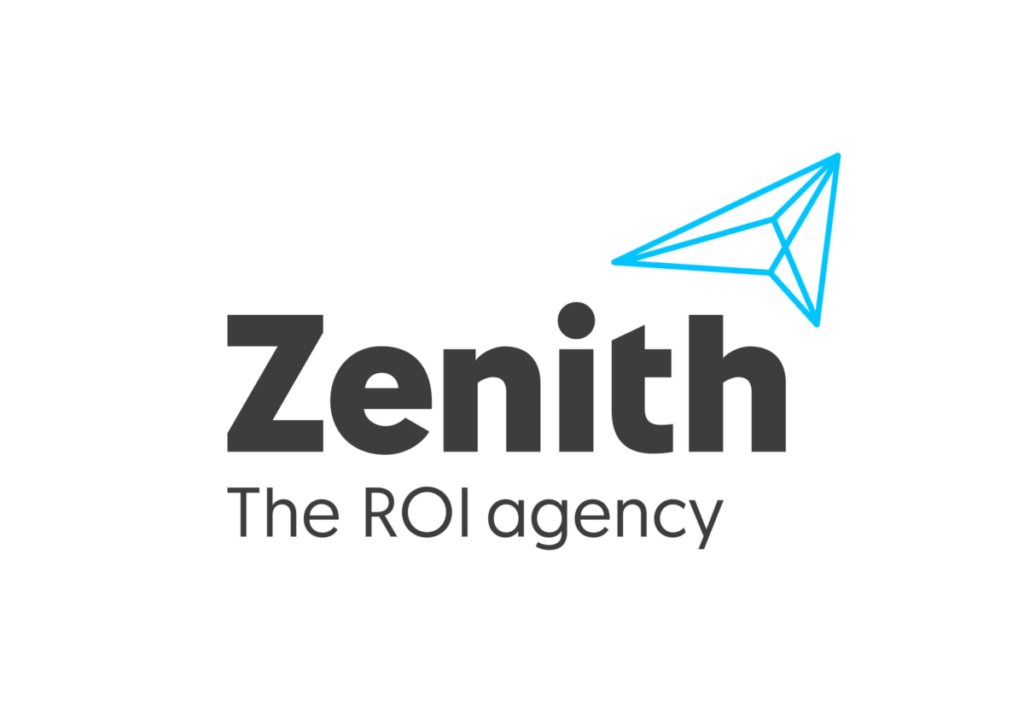
- While programmatic continues to rise, its adspend growth is slowing due to industry challenges of privacy and supply-chain that must be addressed to resume faster growth
- Brands need to develop new targeting techniques using first-party data and customer data platforms in response to the ongoing death of the cookieUK-specific:
- We forecast continued strong growth in programmatic adspend to 2021, when it will exceed £6 billion and represent 88% of all UK digital display ad spending.
- In 2018 video in the UK became the largest type of programmatic inventory, and it will account for 58% of programmatic adspend this year. About 80% of programmatic ads appear on mobile devices.In 2020, 69% of all digital media* will trade programmatically, up from 65% this year, according to Zenith’s Programmatic Marketing Forecasts 2019, published today. The total amount spent programmatically will exceed US$100bn for the first time in 2019, reaching US$106bn by the end of the year, and will rise to US$127bn in 2020 and US$147bn in 2021, when 72% of digital media will be programmatic.Expansion of programmatic adspend is slowing, falling from 35% in 2018 to 22% in 2019, and forecast at 19% in 2020 and 16% in 2021. The programmatic industry faces challenges that need resolution before marketers, publishers and consumers realise its true potential.Balancing privacy and personalisation. The first challenge is to develop new technology and processes that better balance consumers’ need for privacy with the benefits of targeting and personalisation. GDPR in the EU has made some forms of personal data unavailable. The California Consumer Privacy Act, which comes into force in January, will further this issue. Meanwhile, some browsers are blocking the third-party cookies that programmatic advertising traditionally relied upon for measurement, insights, targeting and retargeting.
“The ongoing death of the cookie means that the industry needs to rethink the way we design targeting and personalisation while respecting consumers’ privacy rights,” said Matt James, Zenith’s Global Brand President. “High-quality, first-party data is more vital to the success of programmatic marketing than ever before.”
Cleaning up the supply path. There are too many ad tech entities that sit on the supply path between publishers and brands, charging fees, and providing unknown value due to their lack of transparency.
“Brands and buyers should review every platform they contract with, to ensure they contribute to campaign goals transparently and effectively,” said Benoit Cacheux, Global Chief Digital Officer at Zenith. “They should end their relationship with platforms that do not.”
Unlocking the potential of first-party data and customer data platforms (CDPs). As third-party data becomes commoditized and less efficient, brands are stepping up collection of first-party data, provided directly by consumers or produced indirectly by activity on websites, CRM programmes and other brand-owned sources. Because this is unique to each brand, first party data can provide true competitive advantage. CDPs organise a brand’s first-party data from customer contacts, and with the right connections, can be activated into the programmatic trading ecosystem, allowing brands to address customers’ individual preferences. However, it’s important to connect CDPs to other sources of data for a complete view of each customer and continually measure performance to deliver true people-based marketing. Increased use of first-party data and CDPs, in combination with other assets, will make programmatic marketing more effective and attract higher levels of investment from brands.
Leveraging programmatic media for brand-building campaigns as well as short-term performance campaigns. Suitable high-engagement formats are now more widely available online, while the technology that opens up digital out-of-home and addressable television to programmatic techniques are starting to create real value for advertisers.
Programmatic marketing by country
The UK and the US are the most advanced programmatic markets in share of digital media, where respectively, 87% and 82% of digital media will trade programmatically in 2019. By 2021, Denmark, France and Germany will join them in having more than 80% of digital media trade programmatically.
The US is by far the largest programmatic market by adspend, worth US$67bn this year, accounting for 64% of all programmatic adspend, and responsible for most of the growth. The US is forecast to contribute 56% of new programmatic ad dollars in 2020. China is second with US$10bn in 2019, followed by the UK with US$7bn. Programmatic trading will account for only 30% of digital media adspend in China this year, but Zenith forecasts it to rise to 41% in 2021, when its programmatic spending will reach US$16bn.
Thiago Correa, Head of Performance Media, Zenith UK, said: “The main reason growth is slowing in the UK is because almost all buying here is now programmatic where the choice exists. It still represents a significant increase year on year. The impact of challenges such as GDPR will evolve over time, but it won’t reverse the trend towards programmatic. We need to think about how the marketing skillset needs to evolve, so as to fully capitalize on the possibilities that result from this shift, despite these challenges – especially around measurement.”
“Although global programmatic adspend continues to grow at double-digit rates, it is being hindered as the industry struggles with privacy and supply-chain challenges,” said Jonathan Barnard, Zenith’s Head of Forecasting. “Once these challenges have been addressed, programmatic marketing has the potential to accelerate again during the next decade.”
*Digital media refers to all forms of paid-for advertising within online content, including banners, online video and social media, but excluding paid search and classified advertising.
Source: Zenith

You must be logged in to post a comment Login